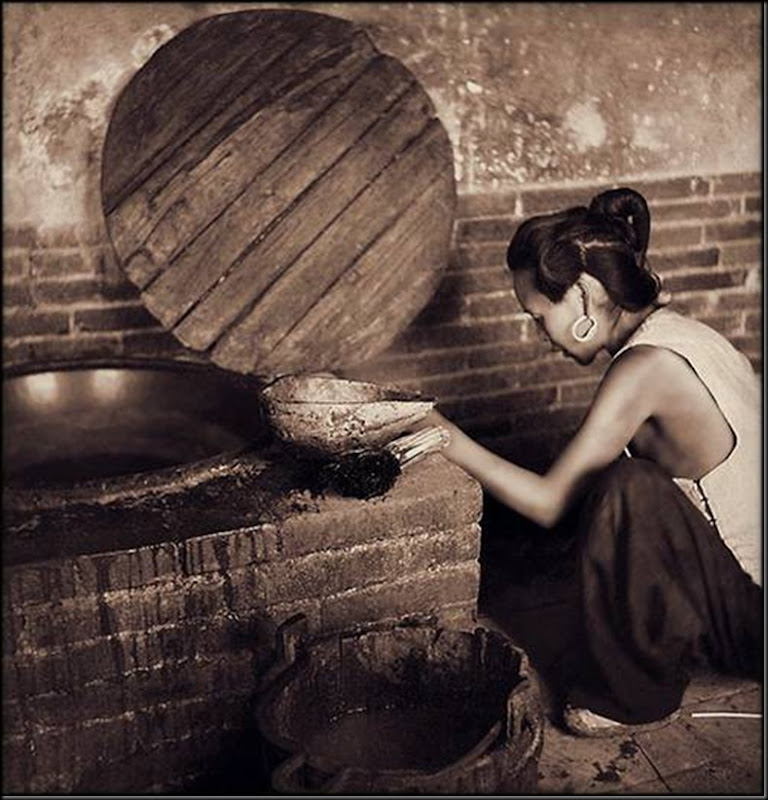In 1946, Hedda married Alastair Morrison (b.1915), the son of Dr George Ernest Morrison (1862-1920), Peking correspondent for The Times of London and later political advisor to Yuan Shikai, the first president of the Chinese Republic. G.E. Morrison was himself an enthusiastic photographer and his photographs have recently been published (see Shen Jiawei, ed., Old China through G E Morrison's eyes, Fuzhou: Fujian Jiaoyu Chubanshe, 2005, 3 vols).
Writing in 1992 Alastair remembers Hedda, 'Ranging around the great city on her bicycle, always with her Rolleiflex camera strung around her neck, she never lacked subjects to photograph. Apart from a wide range of architectural studies she was especially interested in crafts and the everyday activities of people'.
Hedda Hammer Morrison worked alongside Chinese photographers. Through their professional work and their passion for photography, Chinese and non-Chinese photographers alike created images that document the past with great clarity and in considerable detail. Photographers are especially attuned to the very particular qualities and characters of people and places. They have preserved for posterity thin slices of space and time. As China experiences ever increasing modernisation and change, aspects of cultural heritage—both tangible and intangible—can be re-imagined, reclaimed or even restored from such images. [Claire Roberts]
Fonte
 House Interior Showing A Woman At A Brick Stove, A Bucket & A Ladle Made From A Gourd In The Lost Tribe Country (1936)
House Interior Showing A Woman At A Brick Stove, A Bucket & A Ladle Made From A Gourd In The Lost Tribe Country (1936) Produce & Wares From Shops Along The Sides Of A Typical Backstreet, Western District, Hong Kong Island (1946)
Produce & Wares From Shops Along The Sides Of A Typical Backstreet, Western District, Hong Kong Island (1946) Pedestrians & Vendors On Pottinger Street, A Stepped Street, Central District, Hong Kong Island (1946)
Pedestrians & Vendors On Pottinger Street, A Stepped Street, Central District, Hong Kong Island (1946)
‘The Bird Fancier’, photograph by Hedda Morrison, Peking, 1933-46. Reproduced courtesy of the Powerhouse Museum, Sydney.
Pottinger Street, Hong Kong 1946 by Hedda Morrison
All images © Hedda Morrison

















Nessun commento:
Posta un commento